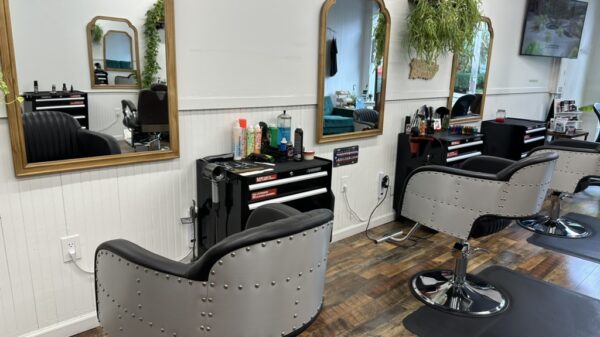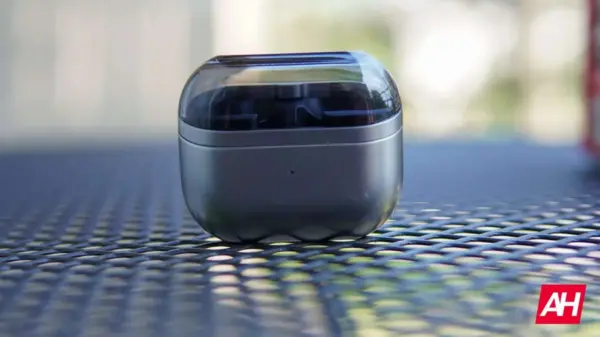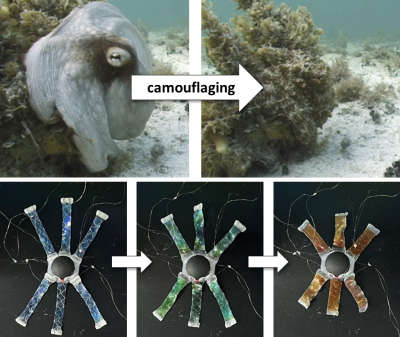BREAKING: Scientists at Occidental College and the University of California, Irvine have announced a revolutionary new technique for repairing damaged corneas without lasers. This groundbreaking method, named electromechanical reshaping, could significantly change how conditions like myopia and astigmatism are treated, offering a safer alternative to traditional LASIK surgery.
The research team revealed their findings during the fall conference of the American Chemical Society, stating that their method temporarily makes the cornea malleable, allowing for reshaping without invasive procedures. In tests conducted on rabbit eyeballs, the technique appeared effective in reshaping the cornea while preserving corneal cells and maintaining structural integrity.
WHY THIS MATTERS NOW: LASIK surgery, while widely used, carries risks such as dry eyes, visual disturbances, and potential long-term complications. The new method aims to eliminate these risks, providing a much-needed option for those hesitant to undergo traditional LASIK. Lead researcher Michael Hill, a professor of chemistry at Occidental College, emphasized the importance of this development, stating, “There’s a long road between what we’ve done and the clinic. But, if we get there, this technique is widely applicable, vastly cheaper and potentially even reversible.”
The electromechanical reshaping technique works by applying short bursts of electricity to alter the pH of corneal tissue, allowing it to be molded temporarily. Once the desired shape is achieved, the tissue returns to its original state as the pH is restored. This innovative approach has previously shown promise in manipulating other collagen-rich body parts, such as the ear.
The researchers placed specially designed contact lenses made from platinum over the extracted rabbit eyes, serving as electrodes to guide the reshaping process. After the application of electricity, the cornea conformed to the shape of the lenses without harming any cells.
While the results are promising, further research is needed before any human trials can commence. The team plans to conduct additional tests on living rabbits in the coming months. Their research could extend beyond myopia treatment, with hopes of addressing farsightedness, astigmatism, and even certain forms of cloudy vision.
Unfortunately, the researchers have faced obstacles in securing funding, delaying their progress. This situation highlights the ongoing challenges faced by scientists, particularly amid political and economic uncertainties.
As these developments unfold, the potential for a non-invasive, safer alternative to LASIK surgery brings hope to millions who seek vision correction without the associated risks. Stay tuned for more updates as this story progresses.





































































